This Year's Shanghai Auto Show Highlights the Enduring Presence of Fuel Vehicles
![]() 04/28 2025
04/28 2025
![]() 547
547
At this year's Shanghai Auto Show, new energy vehicles undeniably stole the spotlight. However, amidst this green wave, the enduring presence of traditional fuel vehicles was evident. Despite the growing momentum of electric and hybrid alternatives, fuel vehicles have adapted, integrating innovations from the new energy sector and undergoing intelligent transformations. From enhanced intelligent cockpits to advanced driver assistance systems, these vehicles strive to stay current and maintain their market position. Now, let's delve into the fuel vehicles that continue to hold their ground at the Shanghai Auto Show.
SAIC Audi A5L
Unveiled as early as February 20th, the SAIC Audi A5L officially opened for pre-sale at the Shanghai Auto Show. Adopting a Sportback fastback design, this model exudes a dynamic appearance. Featuring a larger polygonal grille adorned with "dragon scale" chrome trim and smoked trim panels connected to "C"-shaped air ducts, the A5L offers a visually striking presence. With dimensions of 4903mm x 1883mm x 1447mm and a wheelbase of 2922mm (slightly smaller than the FAW Audi A5L), the car sports a fastback coupe design complemented by 20-inch five-spoke wheels and red brake calipers. As a luxury fuel vehicle brand, SAIC Audi remains at the forefront of innovation. Leveraging the powerful E³ 1.2 electrical architecture, the A5L deeply integrates Huawei's advanced intelligent driving solutions, including dual lidar, high-definition cameras, and other sensors, ensuring high-precision mapping, environmental perception, and decision-making planning.

FAW Audi A5L
Making its debut at the Shanghai Auto Show, the all-new FAW Audi A5L is based on the PPC luxury fuel platform and E³ 1.2 electrical and electronic architecture. Collaborating with leading domestic suppliers like Huawei and CATL, the A5L caters to Chinese consumer preferences. Retaining the iconic fastback lines of the overseas version, the car boasts a wheelbase of 2922mm, exceeding the current A4L's 2908mm wheelbase. Additional features include frameless doors, a through-type OLED taillight, and a glowing four-ring logo. Inside, the cabin features a triple-screen setup comprising an 11.9-inch LCD instrument cluster, a 14.5-inch central control screen, and a 10.9-inch co-pilot entertainment screen, complemented by 30-color dynamic ambient lighting. As the first Audi model equipped with Huawei ADS 2.0 advanced intelligent driving, the A5L supports full-scenario functions like No Map City Navigation Assist (NCA) and Valet Parking (AVP). Powered by an upgraded 2.0T engine with VTG variable geometry turbocharger technology, the A5L offers a low-power version with 150kW (204 horsepower) and a high-power version reaching 245 horsepower, matched with a 7-speed wet dual-clutch transmission and a WLTC combined fuel consumption as low as 6.1L/100km.
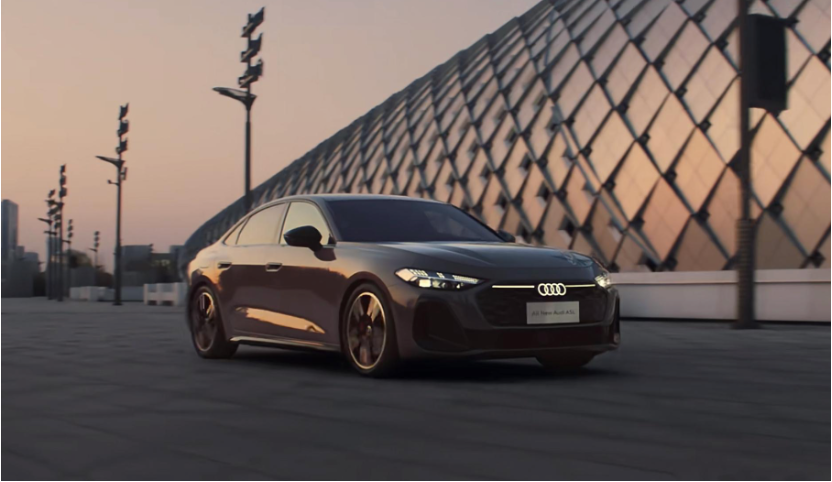
Audi Q5L
Making its global debut at the auto show, the new generation Audi Q5L is also based on the PPC luxury fuel platform. The design continues the previously released overseas version, offering two exterior styles. Tailored to domestic consumer preferences, the new Q5L features a digital cockpit, Huawei intelligent driving, and power electrification upgrades. With a wheelbase extended by 125mm compared to the overseas version, the car offers superior interior space. Unlike its overseas counterpart, the domestic version uses recessed hidden door handles. The front face adopts a "rugged" design with adjusted octagonal grille contours and a large-size mesh grille. Equipped with Huawei's Qiankun technology, dual lidar, and a vision fusion solution, the Q5L achieves No Map L2-level driving assistance, supporting functions like automatic parking, lane keeping, and emergency avoidance. Inside, the cabin features a triple-screen setup, including an 11.9-inch LCD instrument cluster, a 14.5-inch curved central control screen, and a 10.9-inch co-pilot entertainment screen. Powering the new Q5L is an expected fifth-generation EA888 2.0T engine offering different tunings, with a maximum power of up to 200 kilowatts and a maximum torque of 400 Nm, accompanied by a 48V mild hybrid Plus system.
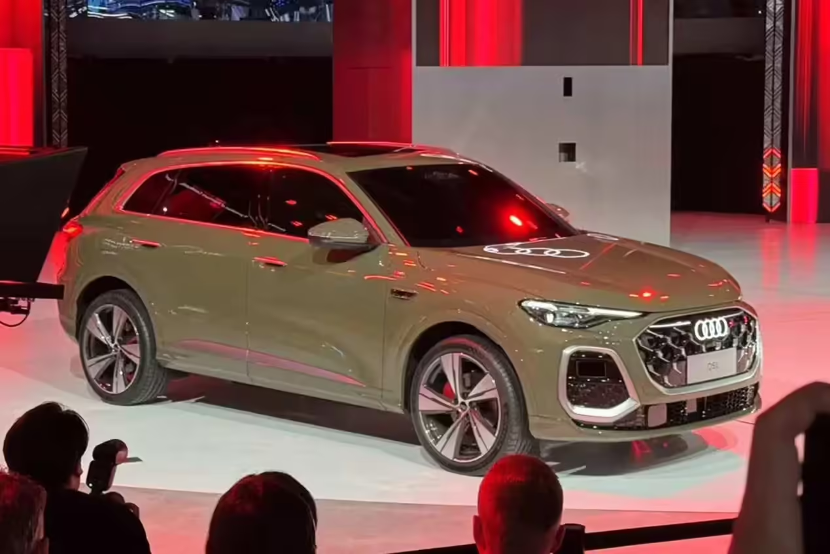
Haval Menglong
Debuting at the Shanghai Auto Show, the new Haval Menglong showcases upgrades to its fuel version compared to the plug-in hybrid model. Retaining its iconic boxy body, the car features a square and broad front end paired with a towering hood, exuding a rugged aura. The most noticeable change is the replacement of the original round headlight cluster with a more angular square design, complemented by horizontal light bars below and a vertical grille. With dimensions of 4680mm x 1950mm x 1822mm and a wheelbase of 2738mm, the increased width gives the body a more solid look. At the rear, the taillight cluster has changed to a vertical rectangular shape, with simple lines that complement the overall rugged style. Inside, the floating LCD instrument cluster has changed from round to square, matching the interior's tough style. Notably, the new Menglong will launch a 2.0T fuel version equipped with a GW4N20A 2.0T gasoline engine delivering a maximum power of 175 kilowatts (maximum net power of 170 kilowatts). Expected to be paired with a 9-speed wet dual-clutch transmission, the car will also offer a four-wheel drive system, as indicated by the rear logo. This powertrain configuration mirrors that of the new Haval H6 and Haval Dog models, directly competing with rugged fuel-powered SUVs like the Jietu Traveler and Beijing BJ40.
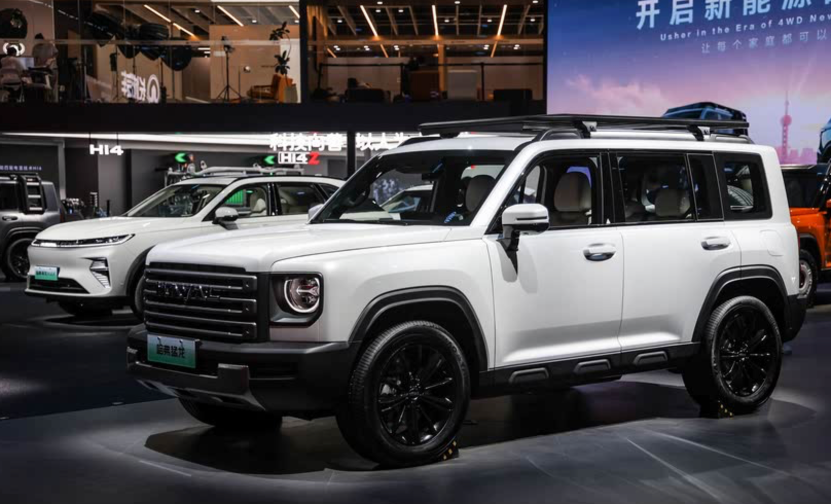
Tank 300 Hook Version
Unveiled at the Shanghai Auto Show, the Tank 300 Hook version is positioned as an ultra-capable off-roader. Retaining the overall shape of the Tank 300, the Hook version sports a Sand Dune Beige paint job. The front axle reveals a solid axle structure with Panhard rods, while the tires are Cooper Discover series all-terrain tires matched with anti-off rims. The front fender is adorned with black trim, and the car features a rear-mounted spare tire design. Inside, the cabin design is relatively simple, continuing the style of the current Tank 300. The center console hosts a large touchscreen integrating rich intelligent connectivity functions, supporting voice control, navigation, entertainment, and other applications. Likely to inherit the family's configurations, the Tank 300 Hook version is equipped with intelligent features such as panoramic imaging and adaptive cruise control. Powered by a 3.0T V6 turbocharged engine with tire specifications upgraded to 265/70 R18 Cooper Discoverer AT3 all-terrain tires, the car is equipped with a part-time four-wheel drive system, differential locks, and other professional off-road equipment. Offering multiple driving modes including Eco, Normal, Sport, and Off-Road, the new car is capable of outputting a maximum power of 265kW (360 horsepower) and a peak torque of 500N·m, matched with a 9-speed automatic transmission. Compared to the current Tank 300 powertrain matrix, both the 2.0T gasoline version (167kW/387N·m) and the 2.4T diesel version (137kW/490N·m) retain the 9AT configuration, forming a differentiated powertrain combination.
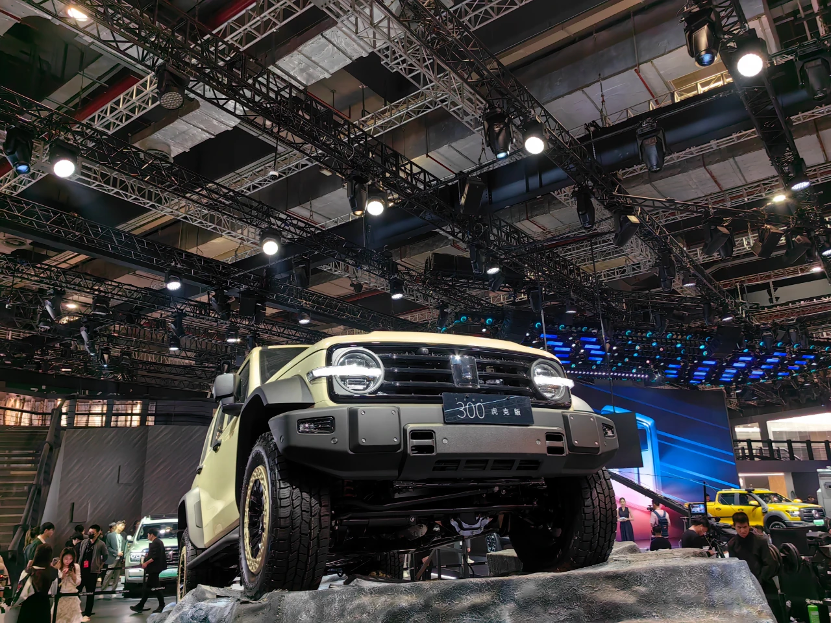
New Volvo XC90
Before the new energy era, the Volvo XC90 was a must-see model for many high-end users considering a medium to large SUV. At this year's Shanghai Auto Show, the XC90 welcomed a mid-cycle facelift. The most notable change is the abandonment of the vertical grille design introduced in 2014, replaced by a diagonal grille fill structure. The headlights and front bumper have also been redesigned, giving the new car a more refined look with slightly less of a business aura. With dimensions of 4953mm in length and a wheelbase of 2984mm, the fuel version offers 5-seat and 6-seat layouts, while the plug-in hybrid version offers a 7-seat layout for flexible and practical space. Inside, the new car is equipped with an 11.2-inch central control screen, and the air vents and steering wheel design are more youthful. It will also feature the Pilot Assist navigation assistance system and the City Safety urban intelligent safety system, achieving overall L2-level driver assistance. Powering the fuel version is a 2.0T+8AT combination offering two maximum powers of 184kW and 220kW, paired with a 48V mild hybrid system. The plug-in hybrid version boasts a 2.0T engine with a maximum power of 228kW and a rear single motor with a power of 107kW, achieving a pure electric range of 84km under CLTC conditions and a comprehensive range of 1329km.
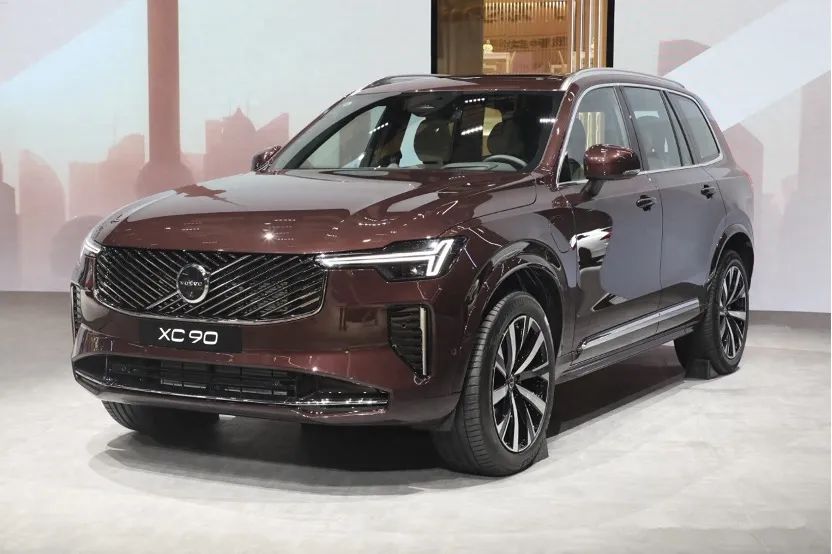
Summary:
At the 2025 China EV100 Forum, Gan Jiayue, CEO of Geely Auto Group, stated that fuel vehicles remain a crucial market component, accounting for over 50% of the share. Geely will continue to increase investment in this area. Zhao Jiachen from the Chery brand echoed this sentiment, noting that fuel vehicles globally account for 85% of the market share, with new energy vehicles making up only 15%. This enduring dominance underscores Chery's commitment to a global layout that harmonizes oil and electricity. Although Cadillac previously announced plans to cease selling fuel vehicles by 2030, officials later clarified that nothing is absolute in the automotive industry, suggesting that fuel vehicles will not be discontinued after 2030.
The attitudes of these automakers towards fuel vehicles repeatedly highlight that, despite the current momentum of new energy vehicles, China's automotive market, with annual sales exceeding 20 million passenger vehicles, still relies heavily on fuel vehicles for more than half of its sales. While consumers increasingly favor intelligent technology-empowered new energy vehicles, not all share this sentiment. In the short term, fuel vehicles have considerable room for survival. As the Chinese auto market evolves, fuel vehicles are progressively equipping themselves with "new equipment." It is worth anticipating how the future automotive landscape will unfold.
(Images are sourced from the internet and will be removed upon request for infringement.)







